
Big Pharma’s big push into Africa’s cancer market
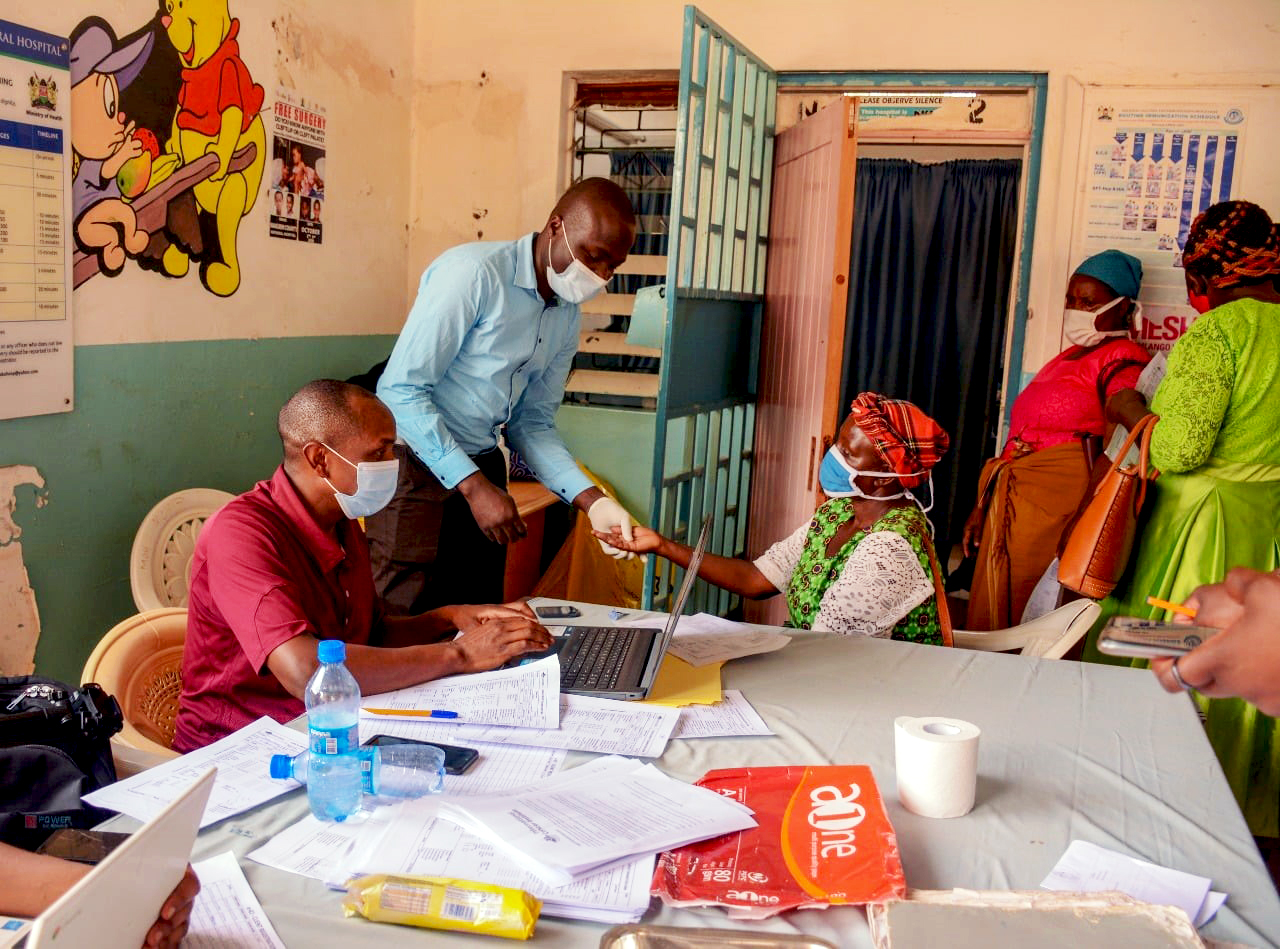
Home to 1.4 billion people, the world’s second most-populous continent is a burgeoning market for cancer drugs. But as pharmaceutical companies like Roche are learning in Kenya, the challenges are immense.
Once the backwater of charities, cheap generic drugs, and vast amounts of multilateral aid for infectious diseases like HIV and malaria, Africa was long overlooked as a market for cancer drugs.
This is part of our series on the dilemmas facing governments, hospitals, and patients over the affordability of new, expensive treatments for cancer and other life-threatening genetic diseases. You can find all of the stories in the series on this page.
Two decades ago, cancer sufferers in Kenya, for example, were hard pressed to find top-selling medicines like Roche’s Herceptin and Mabthera in the country’s public hospitals – patients either traveled to India to buy them or needed a special license to import them. There was also the matter of cost – the drugs were way beyond the means of most Kenyans, who largely paid for medicines from their own pockets.
But now, as the world’s fastest-growing continent with a young and rapidly urbanising population, Africa has become the new frontier for lucrative cancer treatments.
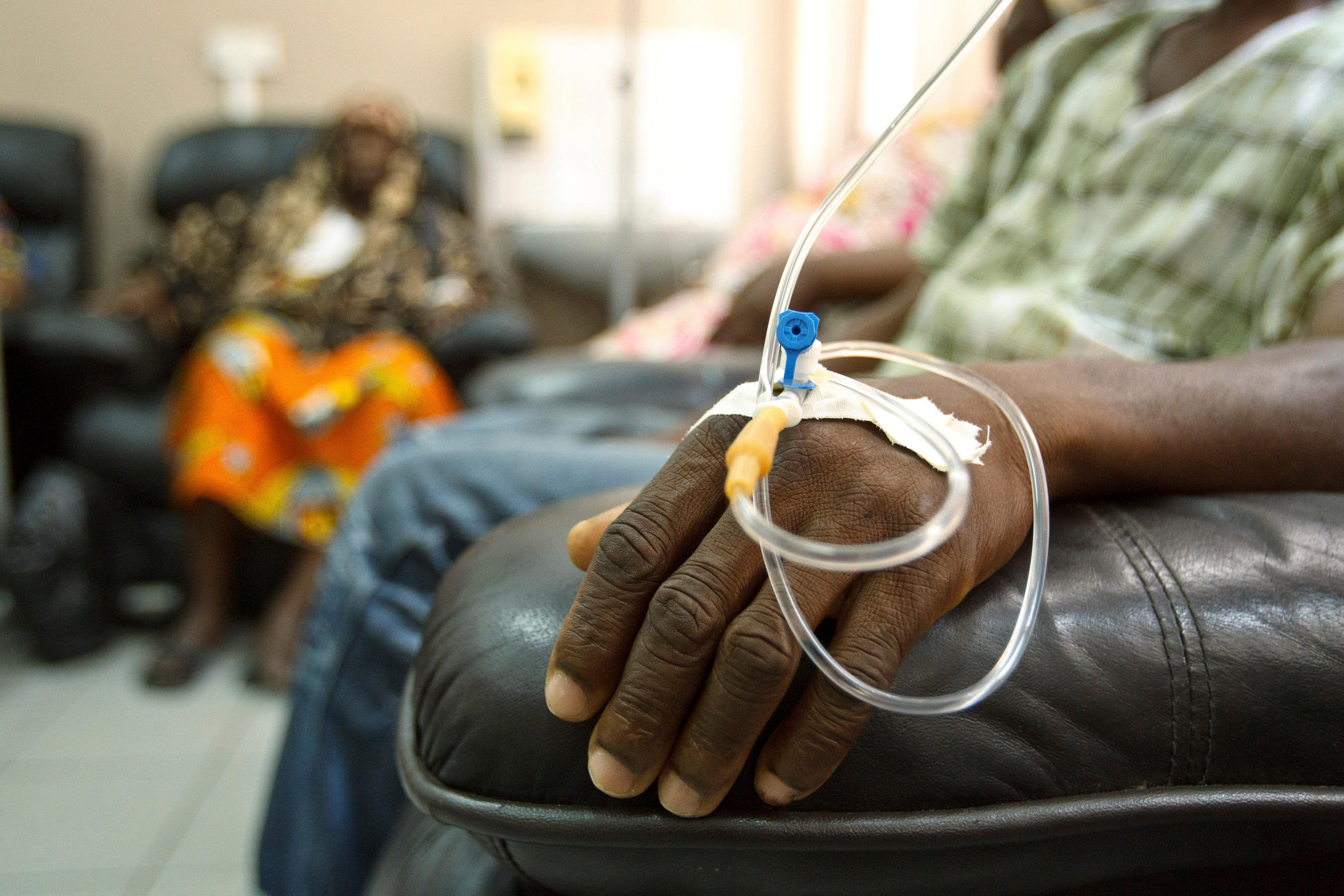
More
Why life-saving drugs aren’t saving lives in Kenya
“We need to change the narrative about Africa, not only in Roche, but the industry as a whole,” said Michael Oberreiter, who heads global access in the pharmaceutical division of the Basel-based company. “If you look at the world population, it’s clear that the majority of new cancer cases are going to be in those countries.”
Today, most of the world’s new cancer casesExternal link are found in low- and middle-income countries (LMICs). The proportion rose from 15% in 1970 to 56% in 2008 and is predicted to account for as much as 70% by 2030. But survival rates are much worse than in rich countries.
Roche wants to change that by taking the latest, most expensive, cancer treatments to the region. “We want to change the view that cancer is a death sentence in Africa,” Oberreiter told SWI. “The only way to do that is to bring our innovation.”
Oberreiter’s theory is that countries should be able to leapfrog over older, sometimes less-effective drugs and procedures, and go straight to new treatments such as immunotherapies, in the same way countries like Kenya skipped brick-and-mortar banks and went straight to mobile banking.
The company’s investment in Africa over the last five years has grown by an average 4% per year as it opened new business units in Ethiopia, the Democratic Republic of the Congo (DRC) and Kenya.
Roche isn’t the only company targeting traditionally neglected markets. In 2020, Basel-based Novartis was the first major drugmaker to set a target on patient reach in low-income countries for its newest, so-called innovativeExternal link medicines, including cancer treatments. In May, Roche announced a goal to double the numberExternal link of patients in 85 LMICs treated with 16 of its newest therapies, nine of which are for cancer, by the end of 2026. This year, Sanofi, Pfizer, and AstraZeneca all made commitments to expand the reach of their cancer drugs.
Roche and Novartis were also among the first industry partners in the Access to Oncology Medicines CoalitionExternal link (ATOM), launched in May, to expand access to cancer drugs in LMICs.
Trial and error
Roche’s first attempt to bring specialised cancer therapies to Kenya was, even by its own account, a flop.
In 2015, the company and the Kenyan government signed a cost-sharing deal to provide trastuzumab which treats an aggressive form of breast cancer called HER2 positive. But Roche, which sells the drug under the brand Herceptin, ended the programme in 2018, after only about 150 patientsExternal link received the treatment and the government struggled to cover its share of the cost. “Even though the drug was free to patients, the patients still didn’t come,” Jackie Wambua, head of government affairs at Roche’s East Africa office, told SWI.
Why we chose to cover this story
There’s been incredible innovation in the treatment of cancer and other genetic diseases that is improving survival and quality of life for many people. However, these aren’t reaching most of the world. We wanted to understand why and what is being done to ensure that everyone has access to potentially life-saving treatment.
Finding sources
In all our reporting, we are vigilant in ensuring balanced reporting. This means all relevant facts and positions are considered when selecting sources to analyse a subject. In this case, we reached out to global health organisations with projects in Kenya for suggested experts, spoke to the largest pharmaceutical companies in Basel and in Kenya, and worked with a local journalist to identify government officials, hospitals, and patient organisations that are influencing the debate and create a space for patients to share their experiences. We traveled to Kenya for first-hand accounts of the topic, and to make our own observations of the issues.
If you want to know more about how we work, have a look here.
Get in touch
If you have any question regarding this topic that you’d like to have answered, or start a discussion with us and other readers, let us know via email: english@swissinfo.ch.
There were no national cancer guidelines at the time, no budget for cancer care, and almost no testing for the HER2 gene, which is essential to determine whether Herceptin should even be prescribed. “No one even knew what Herceptin was and what it did,” said Mary Nyangasi, who leads cancer control at Kenya’s Ministry of Health.
What Roche learned through this process, said Oberreiter, was that you “have to think about the whole health ecosystem”.
Roche has now taken a different approach. It has enlisted the help of Kenyan oncologist Fredrick Chite Asirwa, who set up the non-profit International Cancer Institute (ICI) in Eldoret, western Kenya, in 2019 on his return to the country after several years of postgraduate medical training in the US.
His institute, tucked away down a dirt road in a part of Kenya known for producing Olympic marathon runners, is a far cry from the big hospital complexes typically associated with cancer care in developed countries. It survives on a mix of Chite’s personal savings, donations, and grants from clinical trial sponsors including Roche, Japanese firm Takeda, and US drugmaker Pfizer.
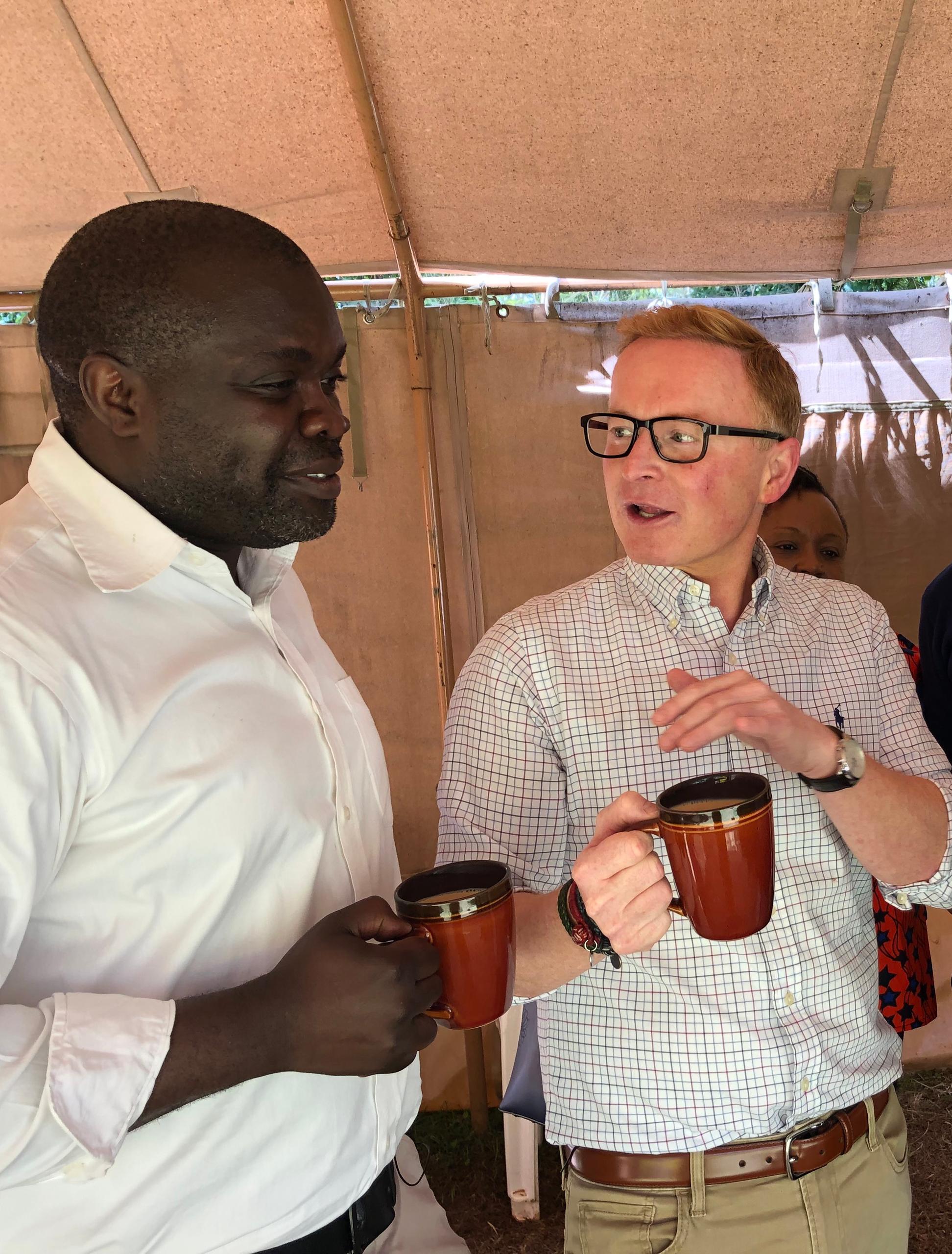
ICI is trying to fill many of the gaps in cancer care, not just in Kenya but across Africa, which suffers one of the worst shortages of oncologists, equipment and services in the world. Cancer also receives only a sliver of the overall amount of donorExternal link funding given to healthcare globally.
Kenya is in a better position than many African countries but still only has one oncologist for 6,000 cancer patients compared to one for 140 patients in Switzerland. There are three public hospitalsExternal link with radiotherapy machines in the whole country, and just a few laboratories that do molecular testing for genetic biomarkers, a procedure essential for many of today’s advanced, increasingly personalised, cancer drugs.
Hidden inside ICI’s single-story buildings and cobalt-blue corrugated-iron huts surrounded by large trees are some of the most advanced diagnostics machines in the world, including a Ventana 200 – one of Roche’s newest digital pathology devices that can scan tissue samples in seconds.
ICI is training physicians across the country, performing advanced diagnostics, building up digital cancer registries, and supporting government efforts to decentralise care so that patients don’t have to travel long distances for treatment.
The centre is involved in at least 20 industry-sponsored clinical trials for new drugs, or those that are already approved in western markets but haven’t been tested in east Africa. In the process, Chite’s team is amassing a treasure trove of data into how patients in the region respond to treatments.
Roche is one of several companies to support ICI’s work, donating equipment and furniture to at least 15 local cancer clinics and sponsoring training and psychosocial support groups for survivors.
“If I look at the next 125 years of Roche, we need those health care systems in these countries to be at a certain level,” said Oberreiter.
Building a market
Big Pharma’s investment in the cancer care ecosystem is welcomed by doctors and Kenya’s health ministry. But they, along with some public health advocates, say the support doesn’t resolve key problems – lack of availability and affordability of drugs.
A surveyExternal link of 165 oncologists in LMICs published last year found that of the 20 most important cancer drugs, only one, which has been on the market for 70 years, was widely available at a price that didn’t impose a significant financial burden on patients. Two-thirds of respondents said prescribing Herceptin put their patients at risk of catastrophic expenditure, which the WHO definesExternal link as medical spending that is 40% or more of a household’s disposable income.
“Sometimes we can’t follow the global standard of care simply because a drug costs too much for our patients,” Mohammed Ezzi, an oncologist in Nairobi, told SWI.

More
Paying to survive – the deadly toll of breast cancer in Kenya
Companies have a responsibility to make their drugs available and affordable for those who need them, said Pat Garcia-Gonzalez, founder and CEO of The Max Foundation, which provides free cancer drugs for patients in poor countries including Kenya. Countries “are not going to build up diagnostics and infrastructure if there’s no treatment. You can’t train physicians if they don’t have the drugs,” she told SWI.
The foundation has been running a programme for Novartis that involves its drug Glivec (imatinib), a life-saving treatment for chronic myeloid leukemia, that had a list priceExternal link of $26,000 a year when it was launched in the US. When the programme started in 2002, Novartis identified 70-80 countries where it had no plan to market the drug because it wasn’t commercially attractive. The Max Foundation built up a distribution network and identified doctors who could dispense the drug safely in those countries, helping to treat more than 80,000 patients, many of whom would otherwise have died.
Donations are important to help the most vulnerable but they aren’t the ultimate answer, Garcia-Gonzalez said. Oberreiter agreed: “Donations are super important, but they are not sustainable. The moment the company efforts stop, nothing happens anymore.”
As Big Pharma takes Africa more seriously as a commercial market, companies are starting to negotiate deals with national governments to offer discounted drugs on condition that the health authorities ensure they reach patients.
In June, Roche signed an agreement with Kenya’s Ministry of Health to make Herceptin available again, this time at a price fully covered by the National Health Insurance Fund (NHIF). Roche sweetened the deal by committing to continue its work with the ICI and others to support capacity building in areas such as data management, and pricing and reimbursement.
A few weeks later, US pharma group Johnson & Johnson made a similar arrangement with the ministry to supply a prostate cancer drug.
Other African countries are also benefitting. Roche signed a five-year agreement with the DRC in 2021 to expand access to cancer diagnostics and treatments that included investment in new oncology labs. Novartis has struck deals with countries including Ethiopia to supply the leukemia drug Tasigna (nilotinib) on condition the government ensures patient access via medical-scheme reimbursement. The hope is that governments put “some skin in the game and provide the medicine at a subsidised price or even for free to the patients”, said Racey Muchilwa, who heads Novartis’ sub-Saharan Africa business.
In the driver’s seat
So far, most agreements have covered cancer drugs whose patents have expired or are about to, and where competitors are biting into revenue in wealthy countries. There is also little dispute over the benefits of the drugs.
The real test will come with the newest medicines that still have 10-15 years of patent life and which drugs companies guard more jealously in terms of price and market share. These drugs often come with huge price tags but less evidence of the benefits in terms of improved survival rates and quality of life, especially in African populations.
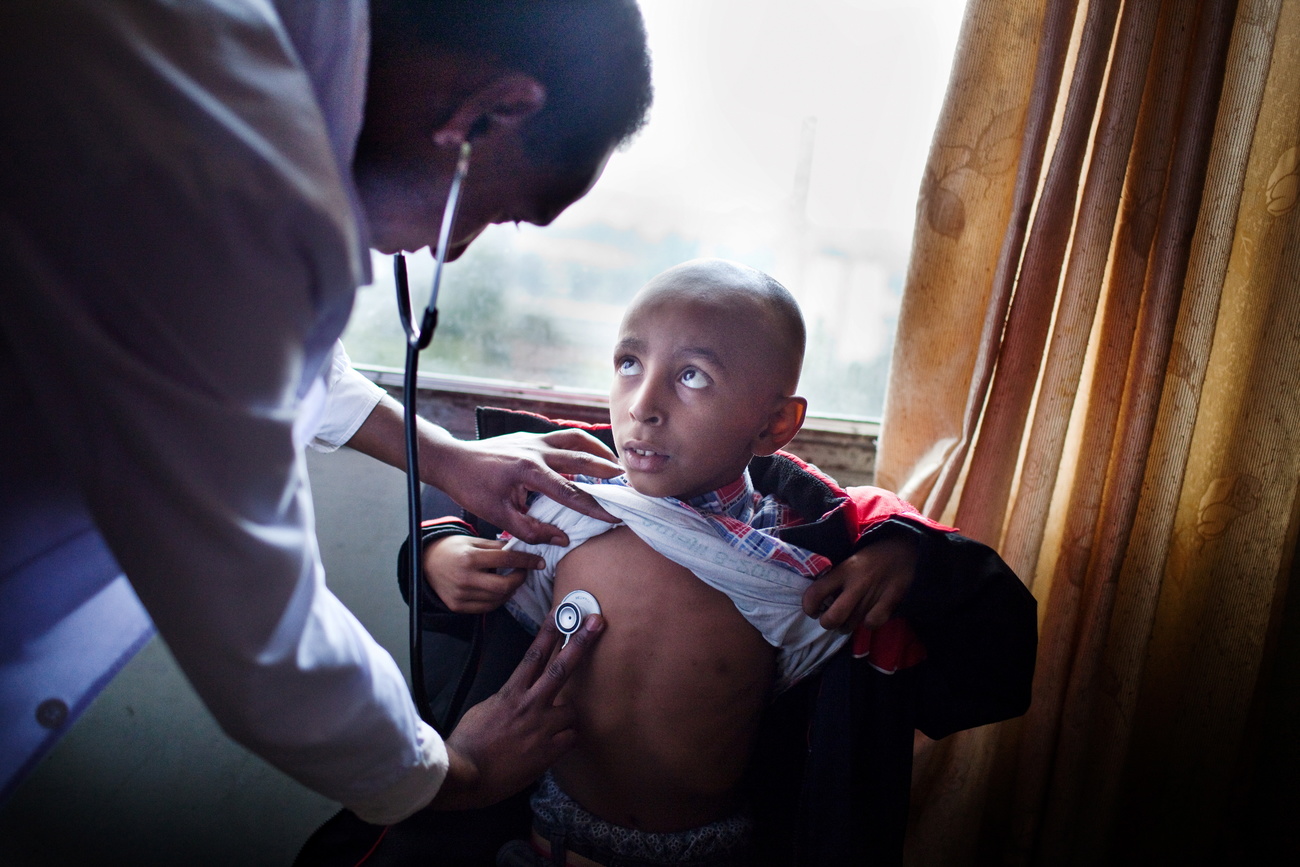
More
The end of affordable medicine
While some experts say that patients in Africa shouldn’t have to wait decades for these drugs, there’s also unease about such agreements.
“I can’t be against commitments to lower prices, but I think it’s still more window dressing than really trying to change the system,” said Wilbert Bannenberg, a physician who runs the Netherlands-based Pharmaceutical Accountability Foundation. He worries that companies are using deals to corner the market before generic competitors have a chance to establish themselves and to push their own drugs with little regard for a country’s real needs.
These concerns are echoed by Christopher Booth, an oncologist at Queen’s University in Canada who has been researching health access for nearly two decades. “Too many decisions are being driven by the pharmaceutical industry, when they really need to be driven by patients,” he said.
Given limited budgets and many competing health priorities, Nyangasi from the Kenyan ministry of health told SWI that they’ve already had to push back on some companies offering their innovative drugs. They’ve now prioritised 23 most commonly used cancer drugs. This is what we use, and what we need, said Nyangasi.
Additional reporting by Mercy Murugi, a video producer in Kenya. Edited by Nerys Avery.

In compliance with the JTI standards
More: SWI swissinfo.ch certified by the Journalism Trust Initiative






























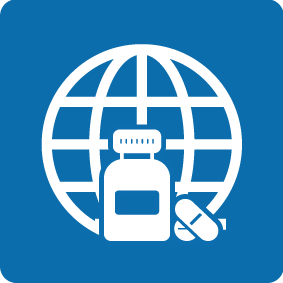
You can find an overview of ongoing debates with our journalists here . Please join us!
If you want to start a conversation about a topic raised in this article or want to report factual errors, email us at english@swissinfo.ch.